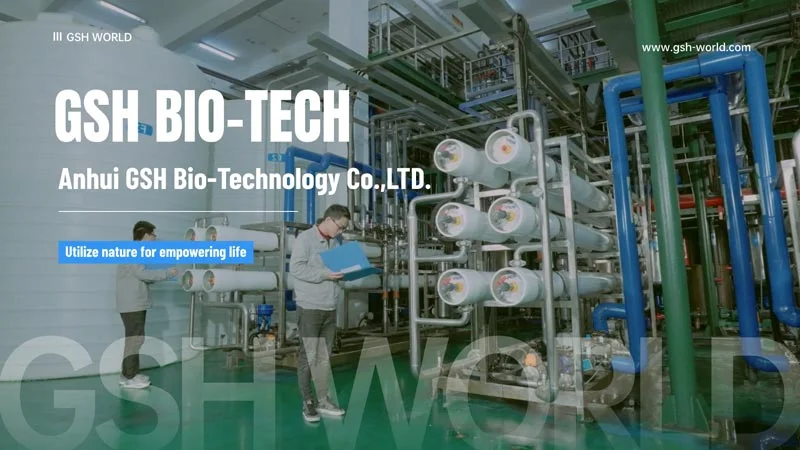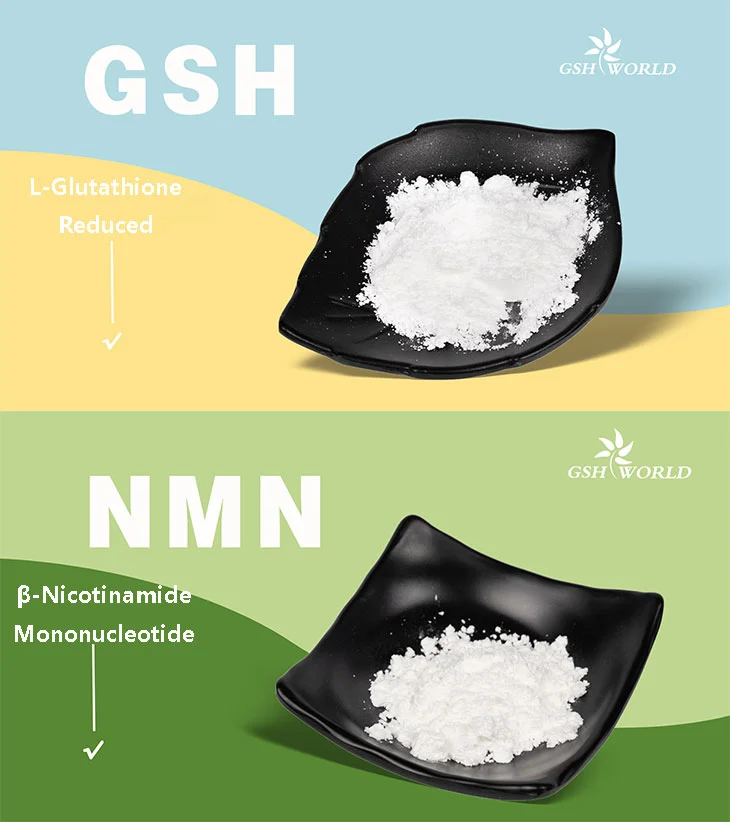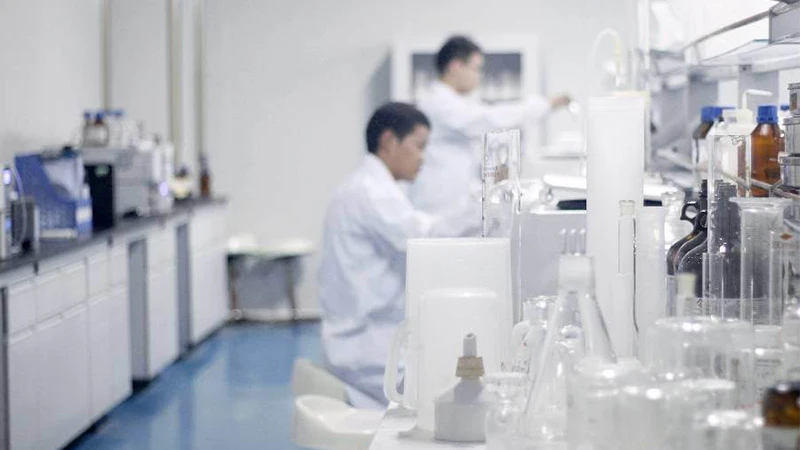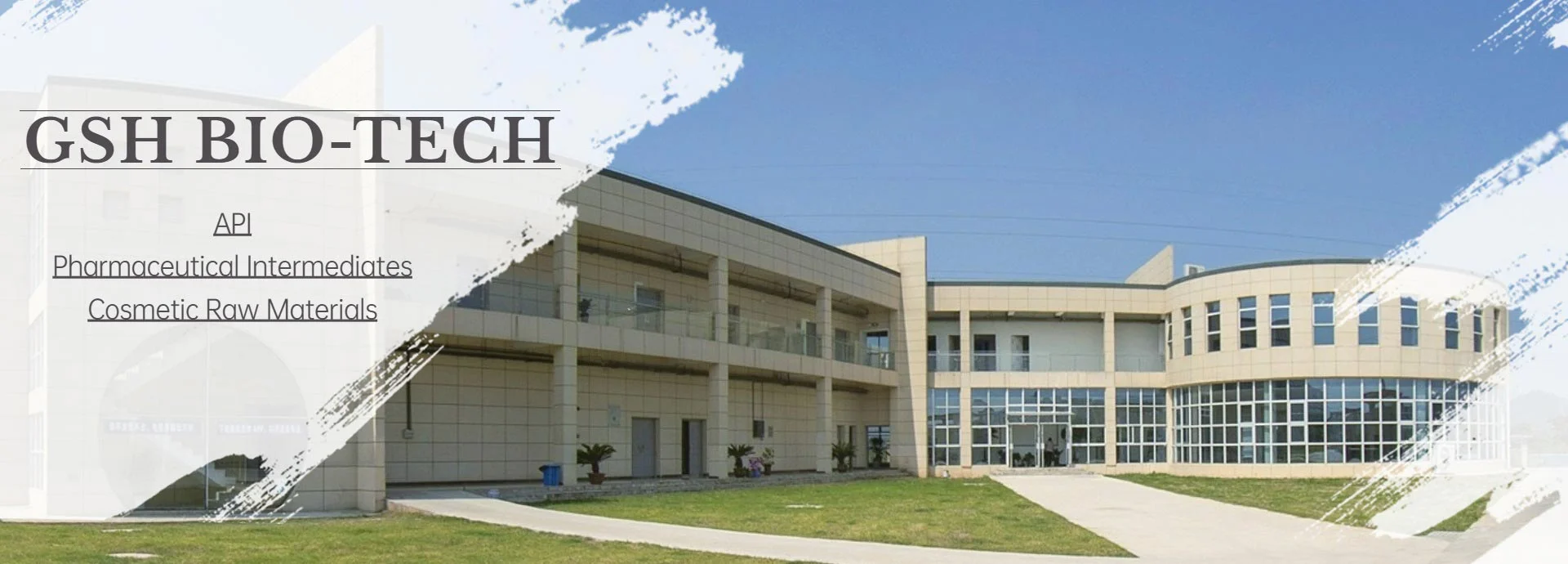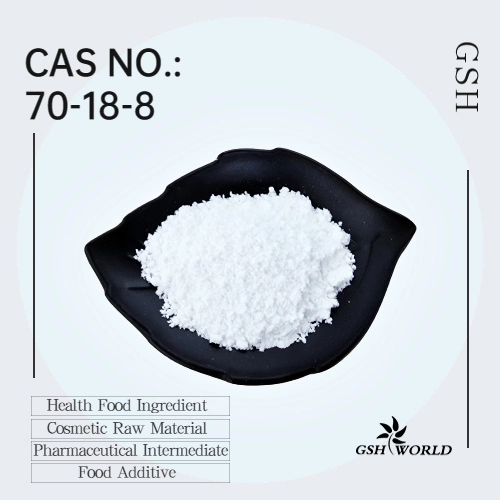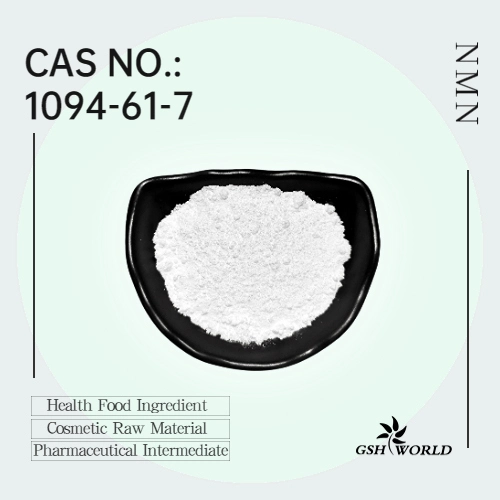Potential Neuroprotective Mechanisms of PQQ
Pyrroloquinoline quinone (PQQ) is a diet-derived aromatic ortho-quinone that exhibits a highly efficient redox-cycling capacity. By modulating amino-acid/lipid metabolism, acting as a lactate-dehydrogenase (LDH) cofactor, promoting NAD synthesis and mitochondrial biogenesis (via PGC-1α, TFAM, etc.), PQQ increases ATP production. In vitro (e.g., against rotenone-induced neuronal apoptosis) and in vivo (Alzheimer's, Parkinson's, traumatic brain injury models) it displays neuroprotective effects and improves human cognition.
Neuroprotective Actions
Counteracting metabolic stress: In SH-SY5Y cells and primary mid-brain neurons exposed to rotenone (mitochondrial complex I inhibitor), PQQ restores mitochondrial membrane potential, raises mtDNA content, up-regulates complex I subunit genes and decreases apoptosis.
Antioxidant and signalling activation: Activates ERK1/2, AMPK, PI3K/Akt and Nrf2 pathways, lowers reactive oxygen species (ROS) and modulates NMDA-receptor activity to inhibit glutamate-induced neurotoxicity.
Reducing toxic aggregation: Suppresses aggregation and cytotoxicity of Aβ25–35 (Alzheimer's-related) and α-synuclein (Parkinson's-related).

Neuroprotective Mechanisms in Parkinson’s Models
Improving mitochondrial function: Activates PGC-1α and TFAM to increase mitochondrial number and function; in rotenone-lesioned rats PQQ up-regulates complex I subunits (Ndufs1/4) and reverses mitochondrial morphological damage.
Protecting dopaminergic neurons: Decreases loss of dopaminergic neurons in the substantia nigra pars compacta, elevates tyrosine hydroxylase (key dopamine-synthesising enzyme) and vesicular monoamine transporter 2 expression, and ameliorates dopaminergic system function.
Suppressing oxidative stress: Activates AMPK and Nrf2 pathways to reduce ROS; in mouse Parkinson's models PQQ reverses rotenone-induced ROS accumulation and lowers lipid-peroxidation levels.
Future studies will further clarify PQQ's mechanisms and optimise delivery strategies to advance clinical translation.
Reference
Canovai A, Williams P A. Pyrroloquinoline quinone: a potential neuroprotective compound for neurodegenerative diseases targeting metabolism. Neural Regeneration Research, 2025, 20(1): 41-53.
*Special note - This article is for informational purposes only and cannot replace a doctor's treatment diagnosis and advice. It should not be regarded as a recommendation or proof of efficacy of the medical products involved. If it involves disease diagnosis, treatment, and rehabilitation, please be sure to go to a professional medical institution to seek professional advice.
by GSHWORLD
GSHWORLD is China Biological API Manufacturer. China PQQ Supplements powder suppliers & best PQQ benefits raw material Factory.

